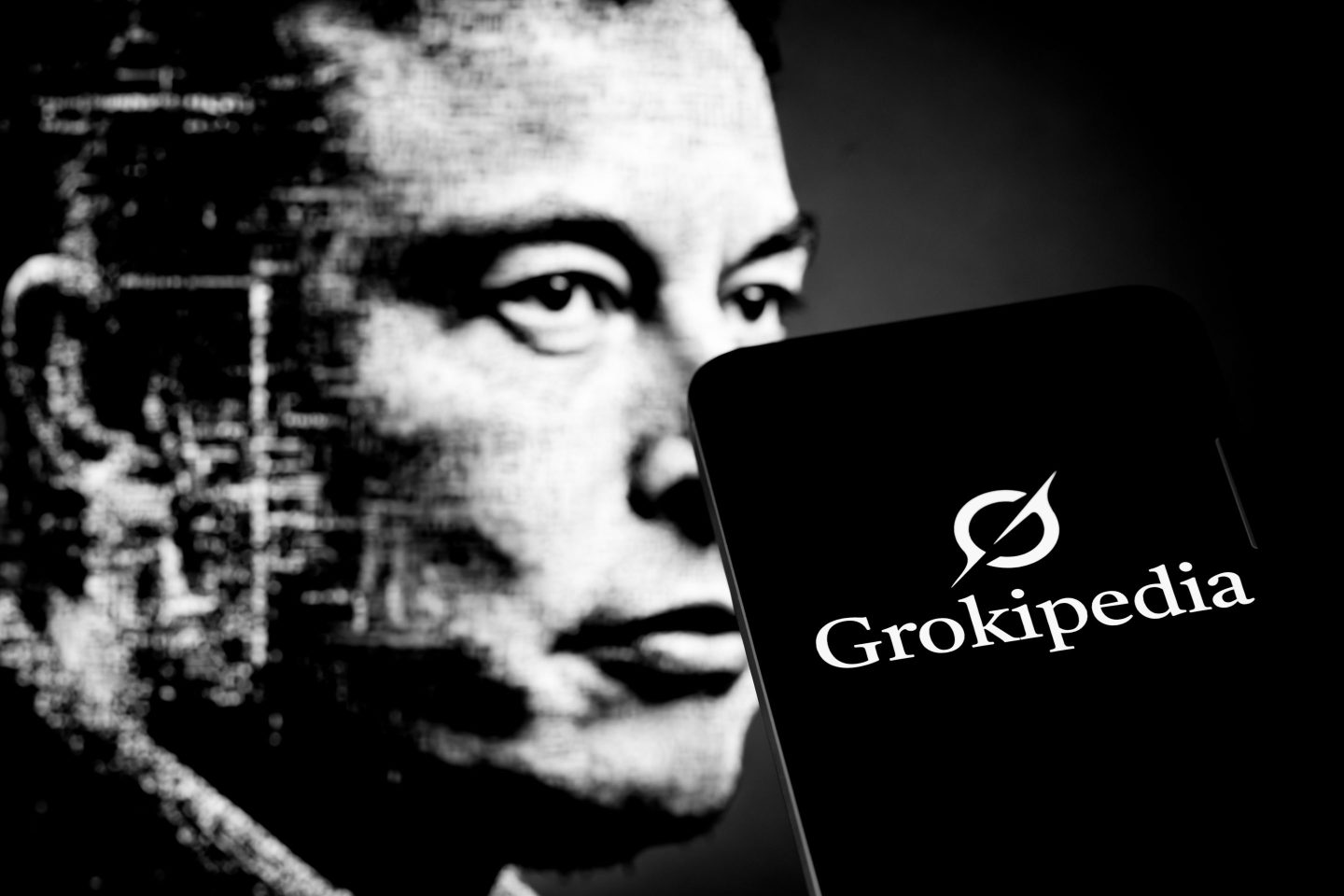President Donald Trump and some of his followers attacked Twitter and one of its leaders after the company added a fact-check label to debunk one of Trump’s recent tweets about mail-in voting ballots.
The controversy stems from a tweet Trump posted on Tuesday in which he said, “There is NO WAY (ZERO!) that Mail-In Ballots will be anything less than substantially fraudulent.” Twitter flagged the post with a fact-check link that says “get the facts about mail-in ballots” and provides more information about the voting process.
On Wednesday, Trump struck back at Twitter, tweeting: “Republicans feel that Social Media Platforms totally silence conservatives voices. We will strongly regulate, or close them down, before we can ever allow this to happen.” A few hours later he tweeted again with a threat: “Twitter has now shown that everything we have been saying about them (and their other compatriots) is correct. Big action to follow!”
Meanwhile, White House adviser Kellyanne Conway went on Fox & Friends on Wednesday morning and broadcast the handle for Twitter’s head of integrity, Yoel Roth. She criticized his personal tweets about politics and blamed him for Twitter’s actions against the President. Following her comments, Roth became the target of angry tweets from other users and even received “an explosion of death threats,” according to Protocol.
The latest spat between Twitter and Trump and his base comes at a challenging time for social media companies, some of which are trying to better moderate user posts. Twitter has tried to stay out of the cross fire, even going as far as banning all political ads. But conservatives, who have long felt social media companies unfairly police their comments, have only grown angrier.
Twitter declined to comment about the President’s latest tweets. But in a statement about Roth, it said, “No one person at Twitter is responsible for our policies or enforcement actions, and it’s unfortunate to see individual employees targeted for company decisions.”
In the past, Trump has often lobbed angry comments at businesses, including Amazon, but then rarely followed through with any action, said Jennifer Grygiel, a Syracuse University assistant professor who studies social media. And though he can’t immediately hurt Twitter, he could complicate matters for it.
“He can’t shut them down or have the government become the truth police inside Twitter,” said Nathaniel Persily, a Stanford University law professor who’s studied how the Internet impacts democracy. “So in the absence of that, what can he do is make life difficult for them by launching investigations [for political bias] that could be costly.”
In terms of the law, Twitter, along with Facebook and Google, has already won an appeal in a case that accused the companies of suppressing conservative views. On Wednesday, the U.S. Court of Appeals in Washington, D.C., dismissed a lawsuit filed by conservative nonprofit Freedom Watch and YouTube commentator Laura Loomer.
Twitter’s move to flag one of Trump’s tweets also may suggest that Twitter is trying to respond to critics who have long suggested that the President spreads misinformation on social media. “You have to ask, Why is Twitter doing this now?” Grygiel said. “The company fears the court of public opinion more than they fear the President’s rage tweeting.”
But by labeling Trump’s tweet rather than demoting it, Twitter may essentially be drawing more attention to the tweet rather than combating misinformation, Persily said. And now, after upsetting Trump’s base, Twitter will face pressure to add its new fact-check label to the posts of politicians across both parties—and even internationally.
“It’s just impossible, that’s the problem,” Persily said. “There’s so much information flying around…There’s no way Twitter can deal with that.”











